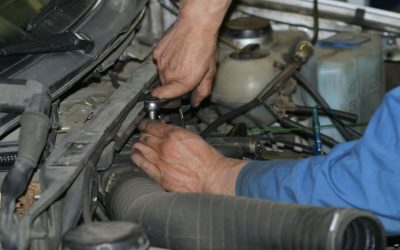For any manufacturing, construction or supply firm, heavy equipment is the backbone of operations. These heavy-haul devices, which include cranes, bulldozers and forklifts, are a huge investment and a major store of value for the firm. They are pivotal for all its activities and must be kept in good repair for the firm to remain competitive. We hope that these suggestions for heavy-duty equipment repair will help your firm stay on top of its core operations.
Lubricant
All
machinery with complex moving parts requires lubricant to stay
functional. The lubricant helps reduce friction-related damage and
soot buildup. You’ll want to use only the lubricant specified in the
operator’s manual and check the fluid levels regularly. Use too
little and you risk wear and tear; too much, and grease buildup will
compromise performance.
Wear
and Tear
Machines
wear down over time and have to be fixed. No amount of lubrication
will entirely prevent this. Bolts will bend, belts will warp, seals
may dry or crack. The equipment must be regularly inspected for
damage of this sort, and the breakage fixed immediately. This is not
only a matter of efficiency, but of safety as well.
Clean
the Machines
Thorough
cleaning is necessary to keep heavy equipment functional. Filters,
seals and cooling fans can get clogged with dust over time, making
the machine less efficient, and moving parts can slow and jam. A
powerful hose is usually all that’s necessary to wash off most of the
detritus, though stubborn grease and grime might require more
specialized methods, such as acid cleaning or steam cleaning, to be
dislodged. Unfortunately, this pivotal step is often neglected by
companies.
Don’t
Exceed Specifications
One
of the most important elements of heavy-duty equipment repair and
maintenance is also, seemingly, one of the most obvious, or it should
be. Performance limitations like operating capacity mentioned in the
operator’s manual are not suggestions! This is important for safety
as well as efficiency. Employers pay over $1 billion per week in
worker’s comp costs.



